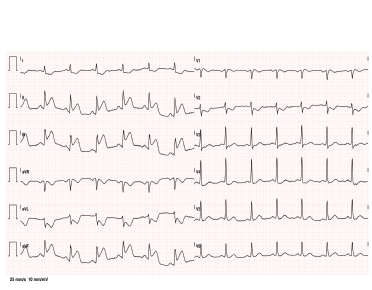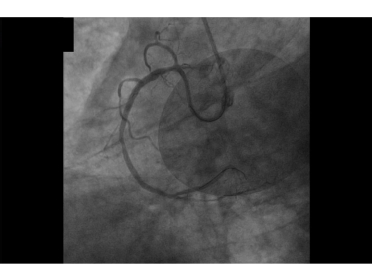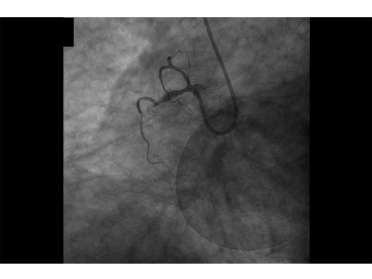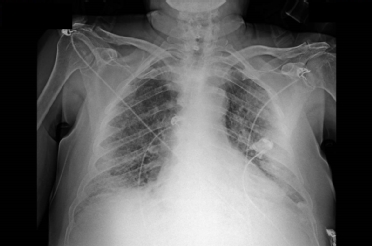The patient
- A 73-year-old man with worsening dyspnea presented to the emergency room of a PCI hospital
- The patient was tachypneic, hypoxemic (SatO2 91%) and was found to be febrile (T 37.9° C)
- His ECG showed an inferior ST-Elevation Myocardial Infarction (STEMI).
 In this tremendous epidemic, many secondary hospitals in our area are reconverted to the sole care of COVID19 patients while selected tertiary referral hospitals work as hubs for time-dependent emergencies, including STEMI.
In this tremendous epidemic, many secondary hospitals in our area are reconverted to the sole care of COVID19 patients while selected tertiary referral hospitals work as hubs for time-dependent emergencies, including STEMI.
Considering the expected increase in procedural volumes, PCI operators and nurses are present on-site 24/7 and trained personnel from nearby hospitals are temporarily transferred to these hubs.
For these reasons, PCI was not possible on-site, and the patient was transferred to the closest hub center, where a timely reperfusion of an occluded right coronary artery was possible.
This facility was set up in less than 48 hours of work in order to manage appropriately cardiac patients with COVID-19 as well as to protect COVID-19-free subjects from the infection.
As a matter of fact, later that day a throat swab confirmed the presence of the virus.
Despite the good angiographic result, the respiratory gas exchanges worsened, and the patient was treated with CPAP with progressively increasing PEEP.



Unfortunately, our efforts were not enough: the patient died of refractory respiratory failure on day 5 from the STEMI.
Lessons to be learned
- During this pandemic, the care of time-dependent emergencies might require rapid and major reallocations of human resources and technologies;
- Despite the appropriate treatment of the index cardiac event, the prognosis of patients might be doomed by the infection.


 Our mission: To reduce the burden of cardiovascular disease.
Our mission: To reduce the burden of cardiovascular disease.